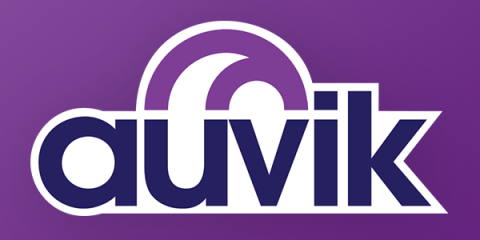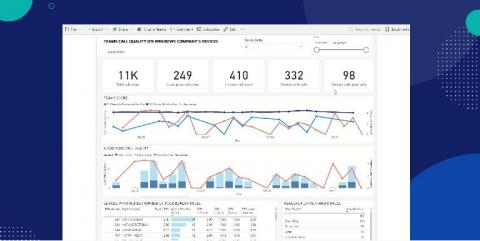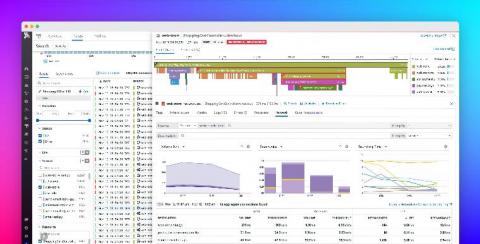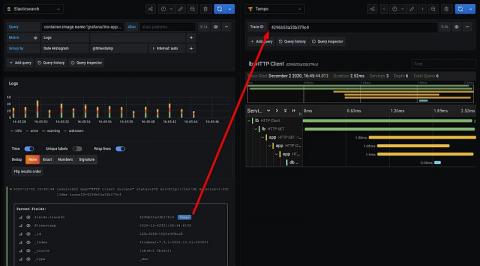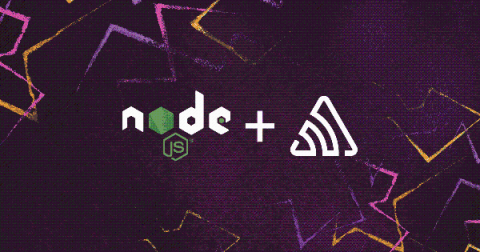Log-based monitoring for AWS Lambda
Monitoring and analytics have been an issue for Serverless systems since they were invented. While it’s easy to attach an agent like NewRelic or DataDog to a server or container, function monitoring requires a different approach. Serverless applications, where logic is distributed over a large number of functions, attaching agents or wrappers leads to cost increase and development overhead.




